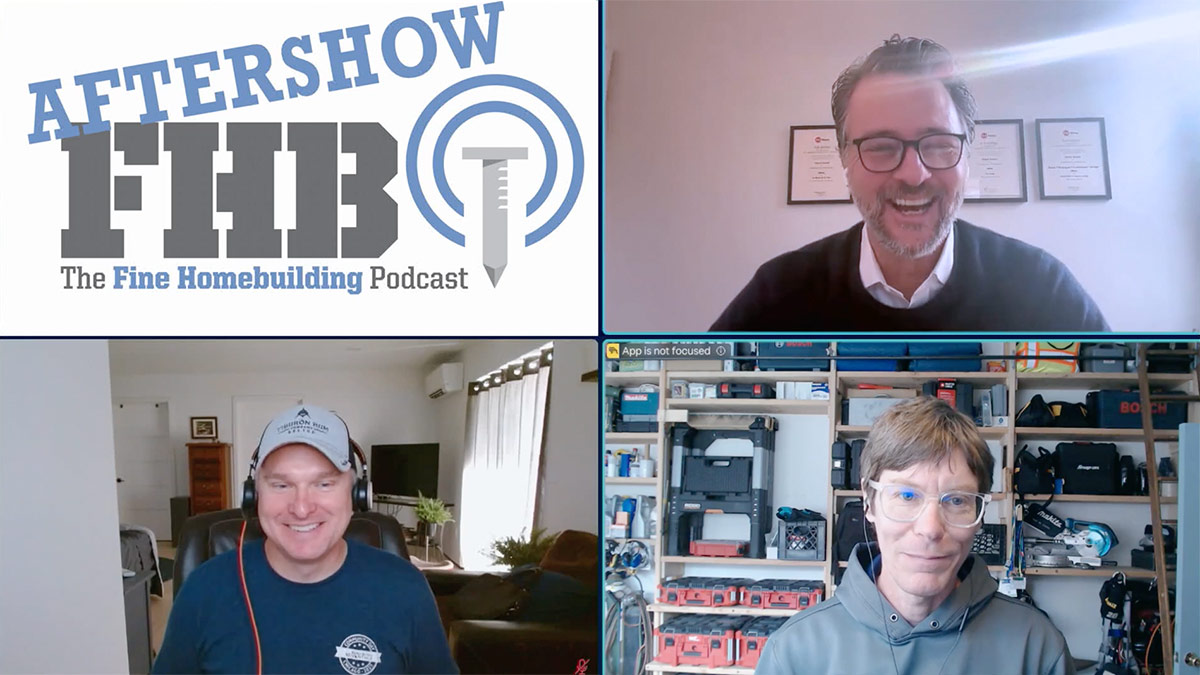Podcast 609: Flashing a Metal Building, Energy Retrofits, and Siting a House
The crew hears from listeners about major additions, common house problems by vintage, and network cables for LED lighting.
Follow the Fine Homebuilding Podcast on your favorite app. Subscribe now and don’t miss an episode:
 |
Peter’s DIY addition appears on Google Street View. Ed shares a chart of common house problems. A listener says ethernet cables are not for lighting. Evan asks for help flashing the bottom of a metal building. Listeners email about energy retrofits and siting new houses.

The Sustainable Home Building Accelerator
This intensive, interactive online series of courses is designed to rapidly advance your knowledge of sustainable home design and construction. Whether you’re an architect, builder, or a homeowner, we’ll give you the information and confidence to design and build well-crafted, practical homes that maximize performance and comfort.
Over 11 hours of video. AIA Approved 10 HSW/LU Credits. Resnet 10 PD Credits.
When you purchase all three courses, you’ll receive access to a year of GBA Prime as well as a copy of the Pretty Good House book!
Remember the code PODCAST20 for any Fine Homebuilding courses.
Editor Updates:
- Matt: talks about Timber HP
Listener Feedback 1:
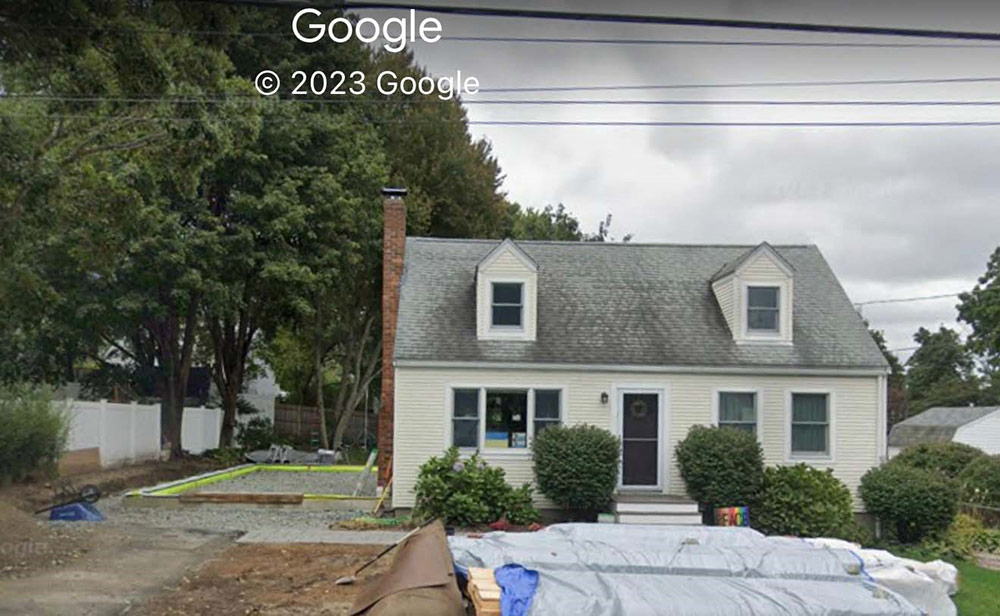
Peter writes: Hello FHB Podcast!
I just pulled into the driveway here at my house after checking out some rigid insulation options on a rainy day while listening to the FHB podcast, and the maps app showed me that I have a new street view image of our Boston-area 1951 cape-style house when I pulled in! I thought you all would find it amusing. It captured the mono-poured ICF foundation (which is insanely DIY friendly IMO, if you have well-fed, experienced help for the pour) and concrete-free slab base material before framing started a month ago. I’m a video editor by profession, but I do a DIY building project every so often…. this one is the nuttiest one yet. Massachusetts has a new stretch energy code adopted by some towns for certain-sized projects that our original 2100-sq.-ft. plan triggered (additions larger than 1000 sq. ft. in this case). The stretch code requires a HERS 52 combining the new AND existing structures (imagine solving that if you weren’t planning to touch the existing structure of our old housing stock). So, we scaled the project back to 985 sq. ft. to not trigger the code, but we’d still retrofit and electrify the house, shoot for the HERS 52, keep all the aspects of a Pretty Good House, try to get my ACH 10.75 down to something more like a 1 (HERS needs a 4 but why stop there right??), repent for my previous building sins, and—most important—try to build a healthier and more comfortable house for my family. Thanks for everything you put out there and for all the building details I’m using. I couldn’t do it without you all!
I suppose since I’m already sending this email, I might as well include the design/plans I made and some progress pics, too. Maybe this is interesting to someone else out there… or maybe not!
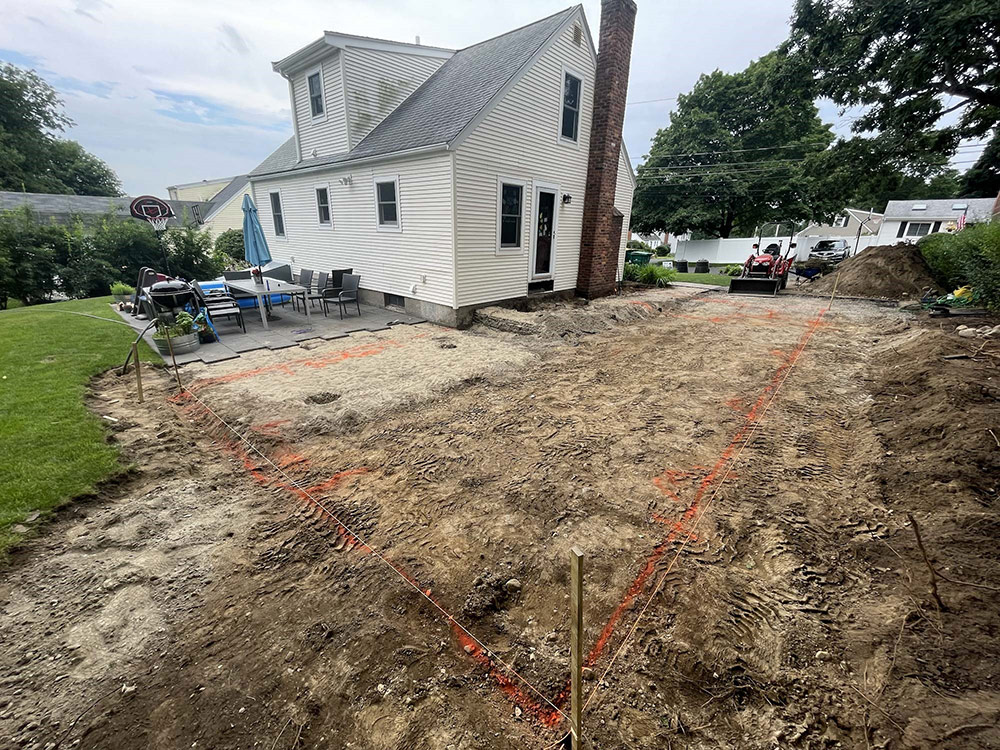 |
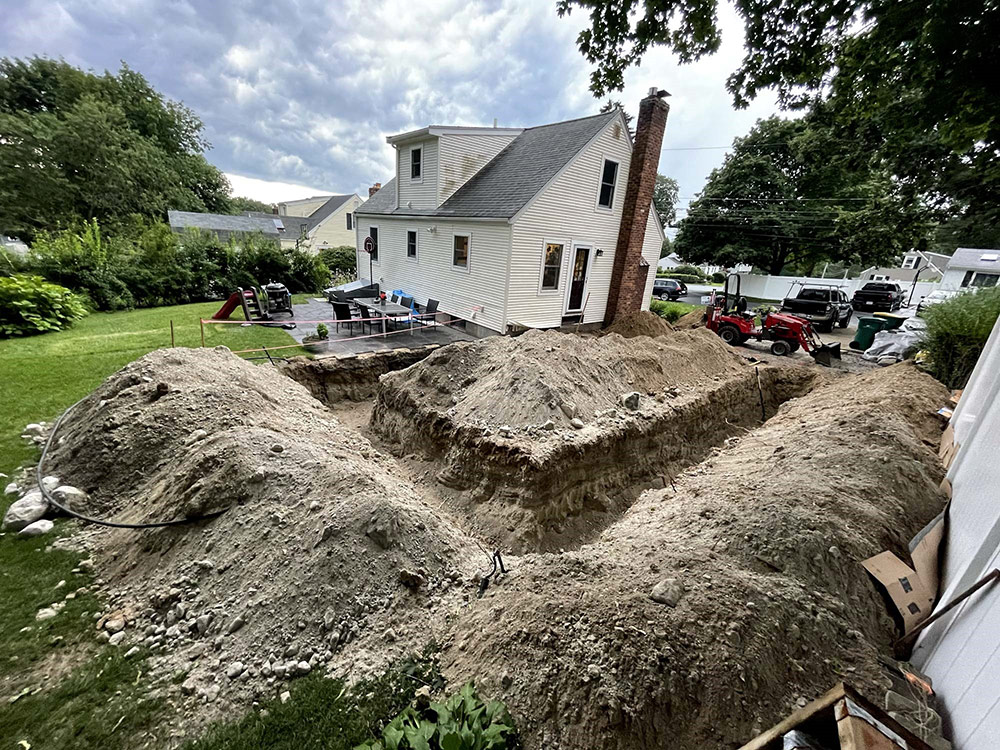 |
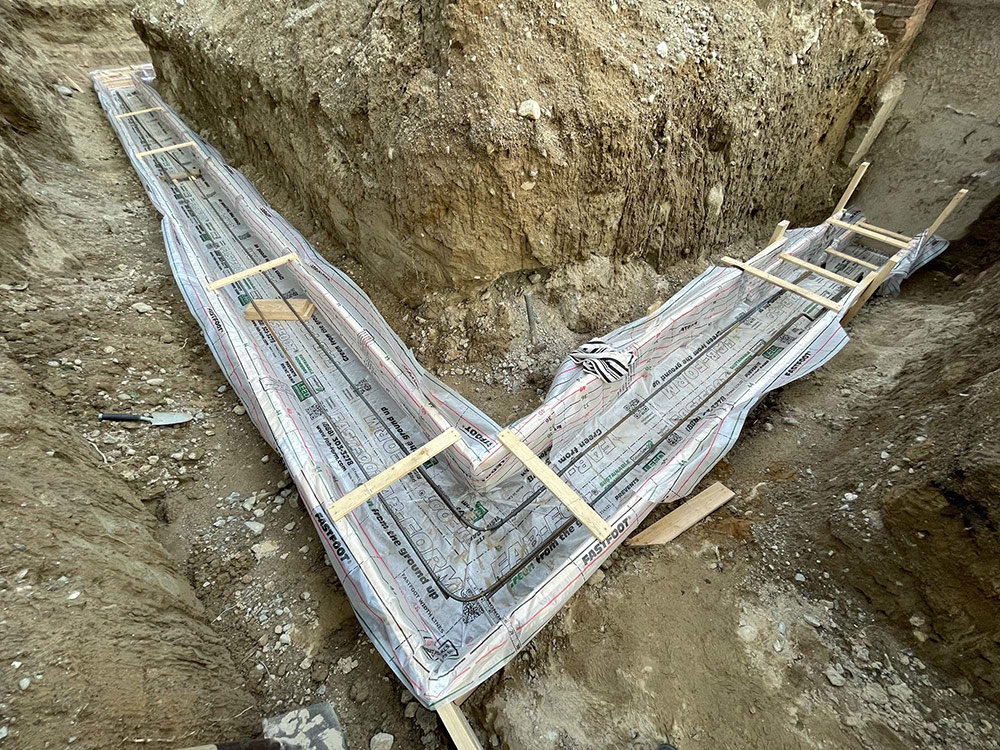 |
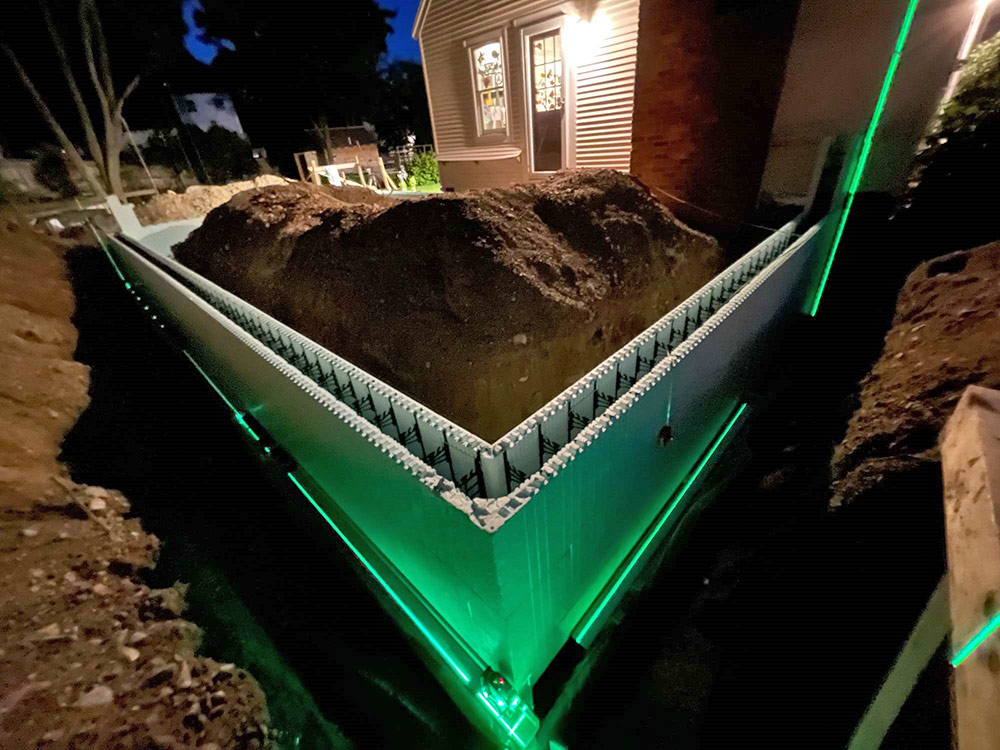 |
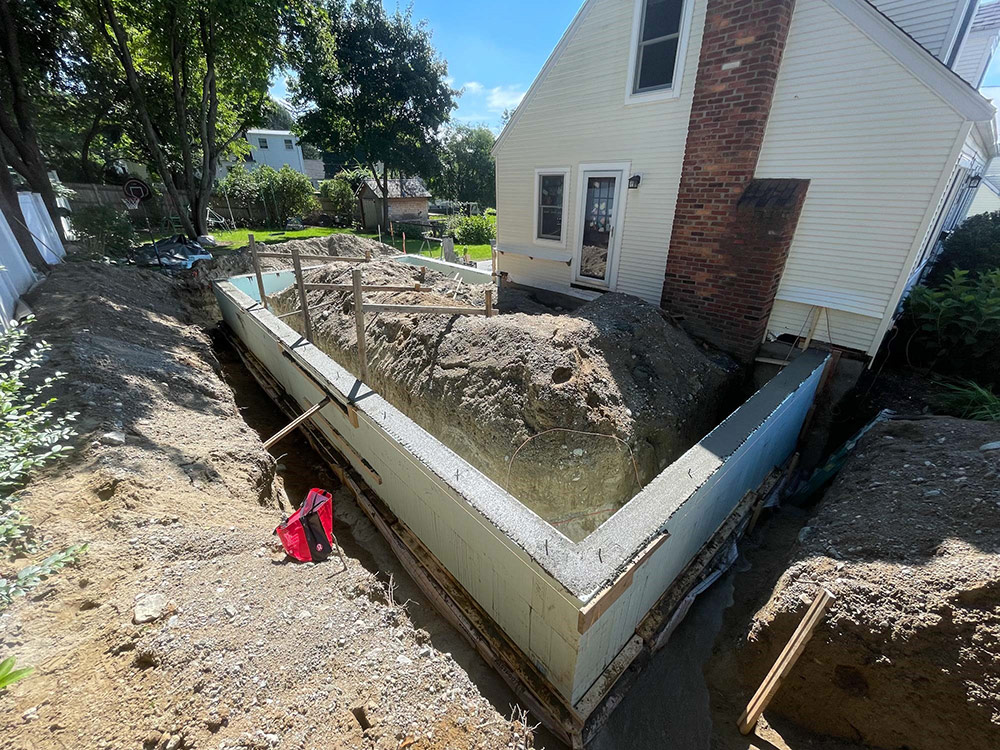 |
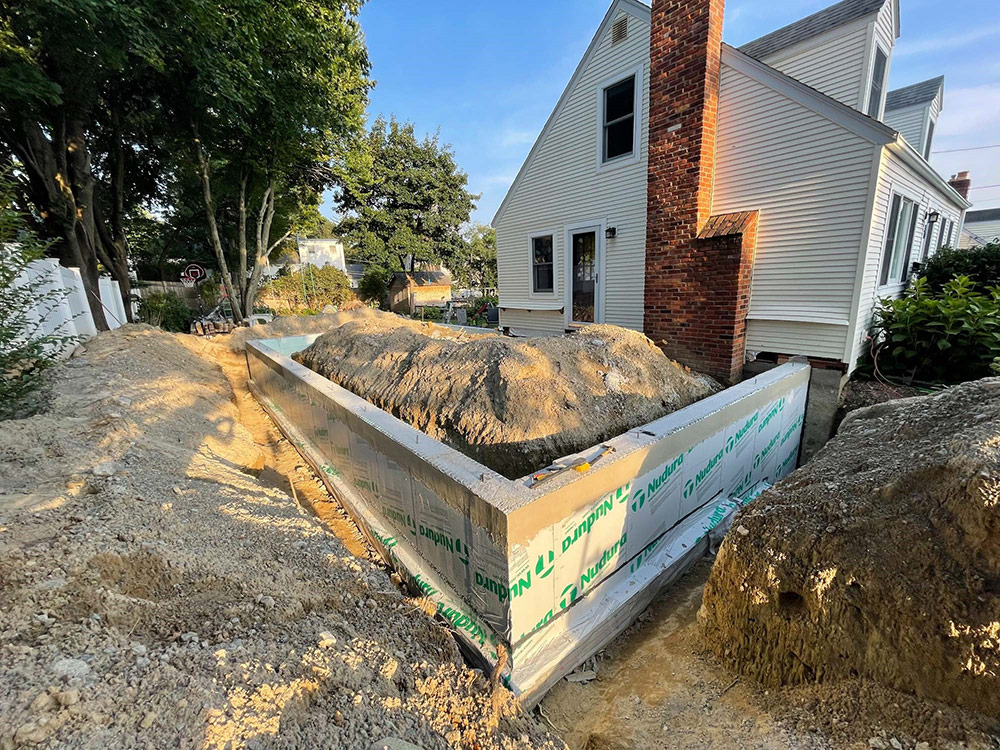 |
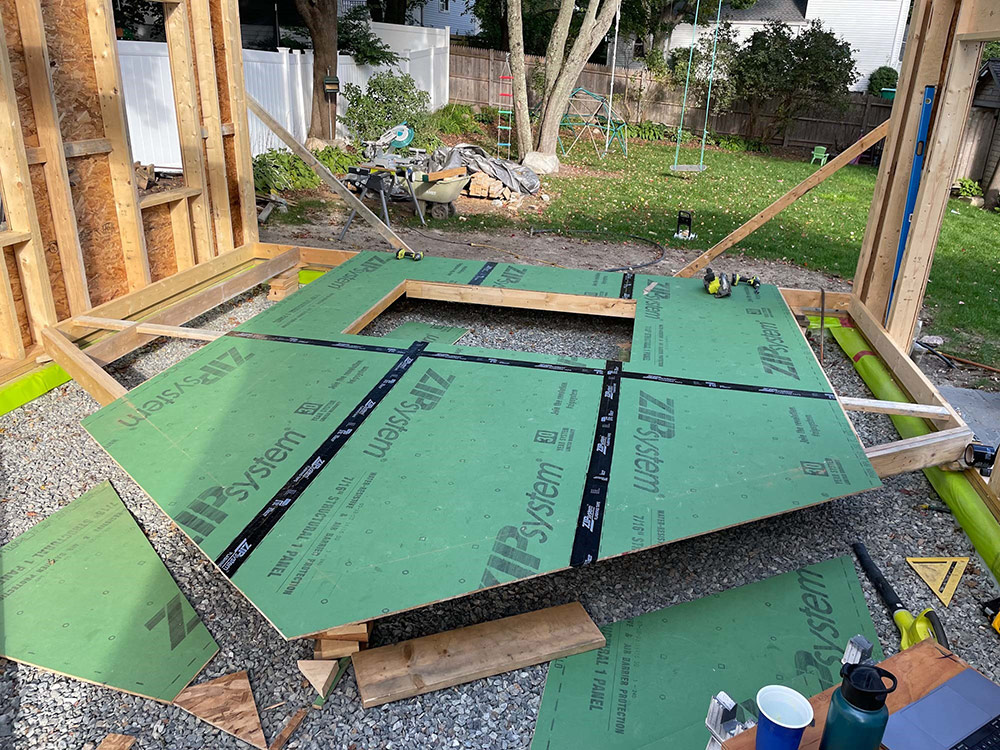 |
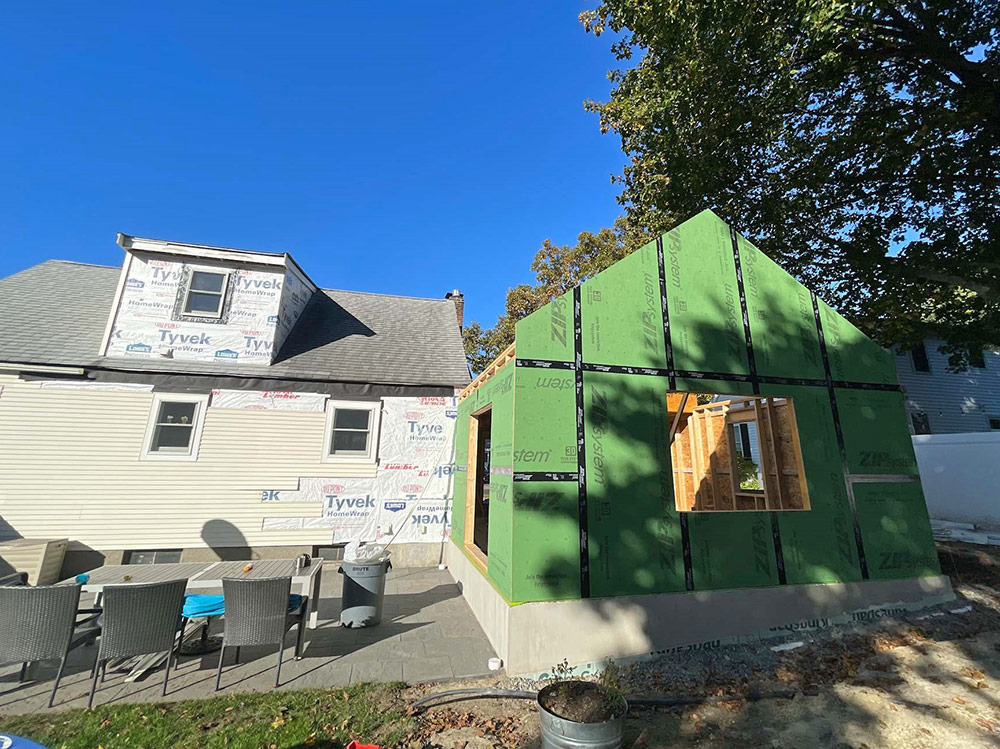 |
 |
Related Links:
- Insulating a Slab-On-Grade Foundation
- Footing and Foundation in One Pour
- What Makes a Pretty Good House?
Listener Feedback 2:
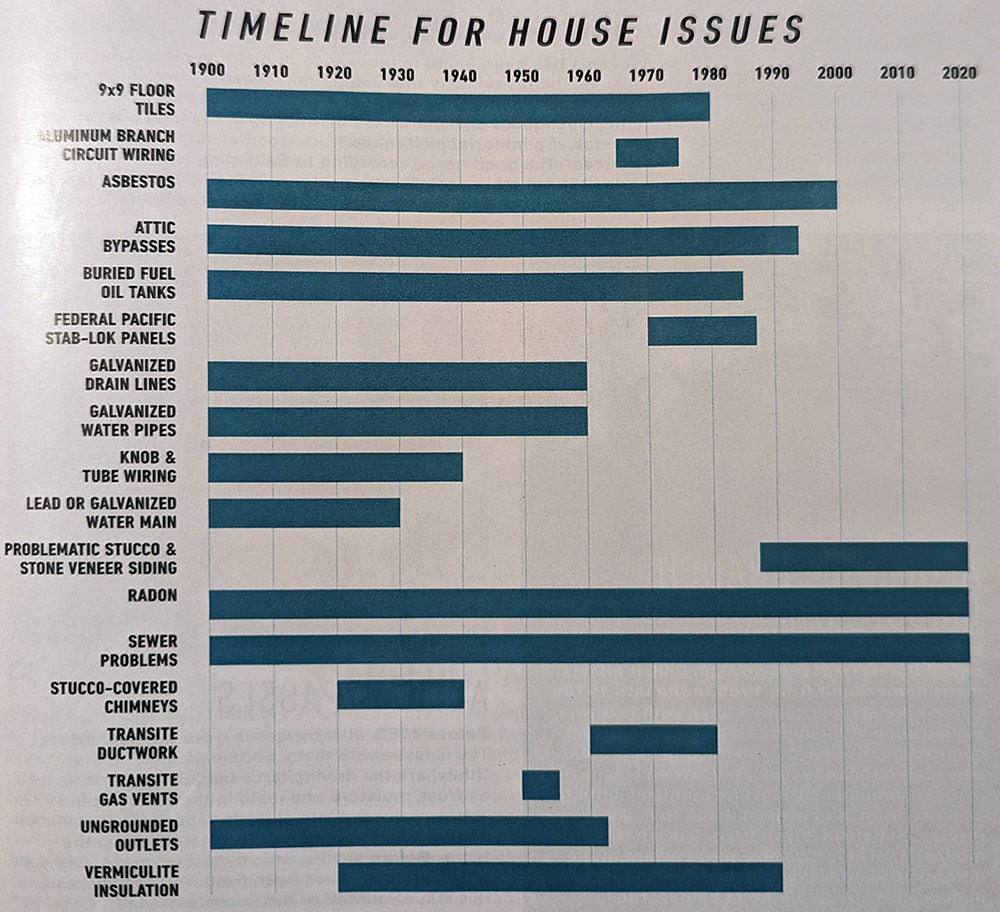
Ed writes: Dear Patrick and Fine Homebuilding podcast crew,
As you discussed problems with homes or rental properties and the importance of having knowledgeable home inspections, I thought of this summary chart and the companion article in the October/November issue of Family Handyman.
FYI…Ed (A loyal podcast listener and All Access member)
Related Links:
- Ten Tips From a Home Inspector
- Inspecting Old Houses: An Overview
- PRO TALK With Home Inspector Paul Barraza
Listener Feedback 3:
A listener writes:
23-gauge Ethernet cables and connectors are not sufficient for the amps needed for most LED light fixtures. We should always follow manufacturers’ instructions, which is the default NEC requirement.
Question 1: Do metal buildings require traditional flashing?
Evan Bache-Wiig writes: Hello Fine Homebuilding team!
A client of mine has a 2020 slab-on-grade metal shop building that has moisture coming in around the perimeter. It looks like the slab flashing (is that what it is called?) is sloped toward the building and directing water inside as it flows down the outside wall.
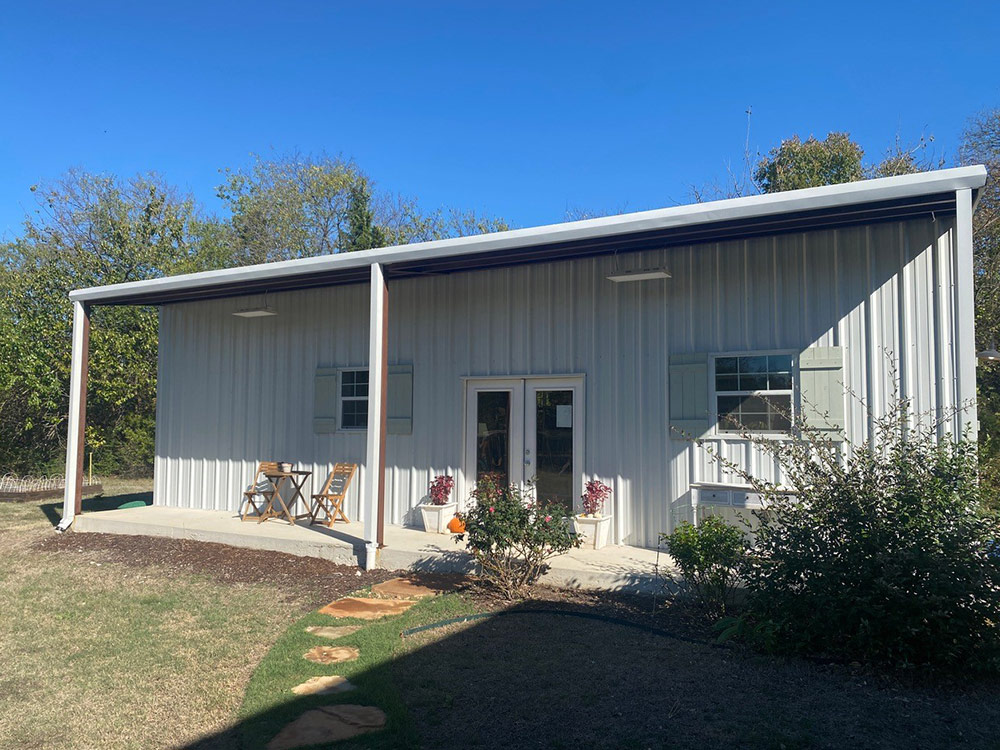 |
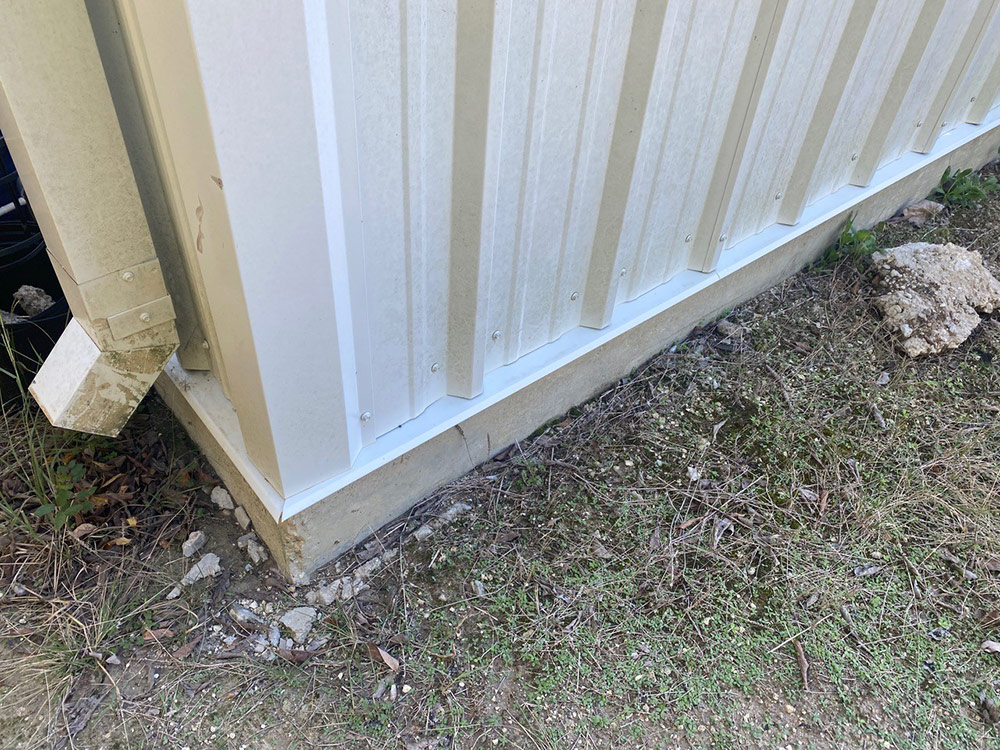 |
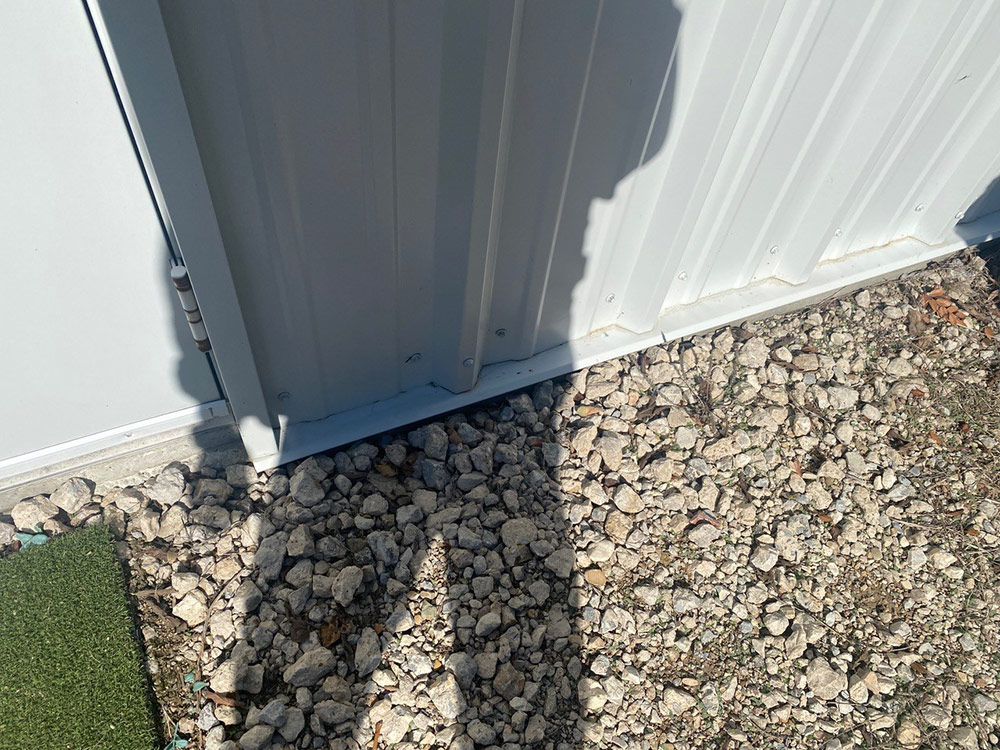 |
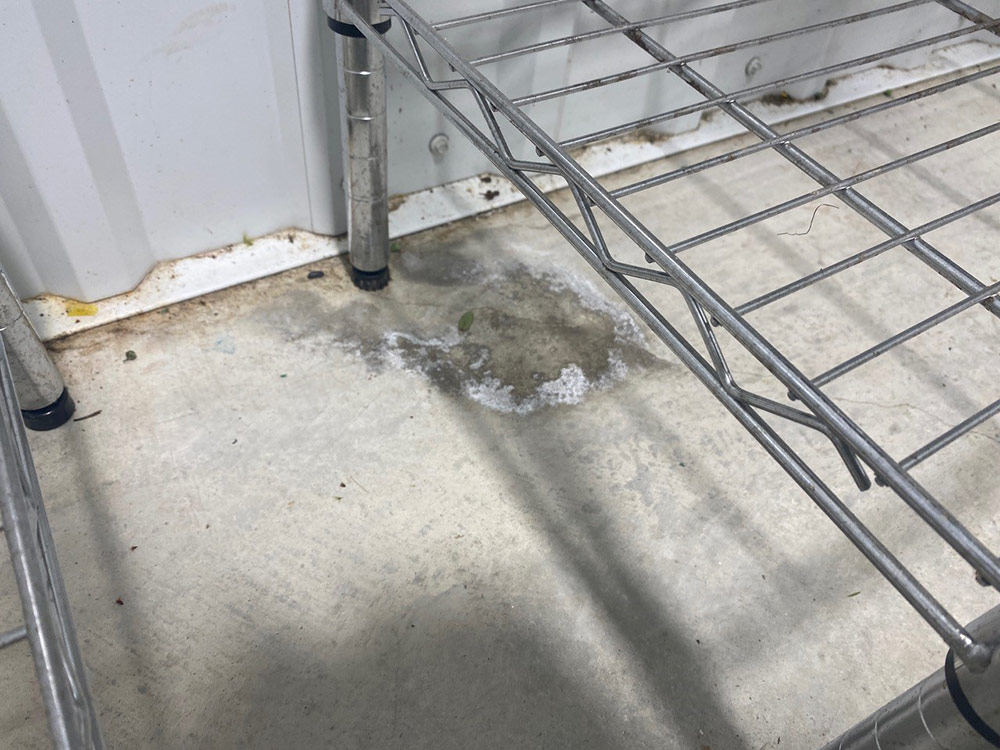 |
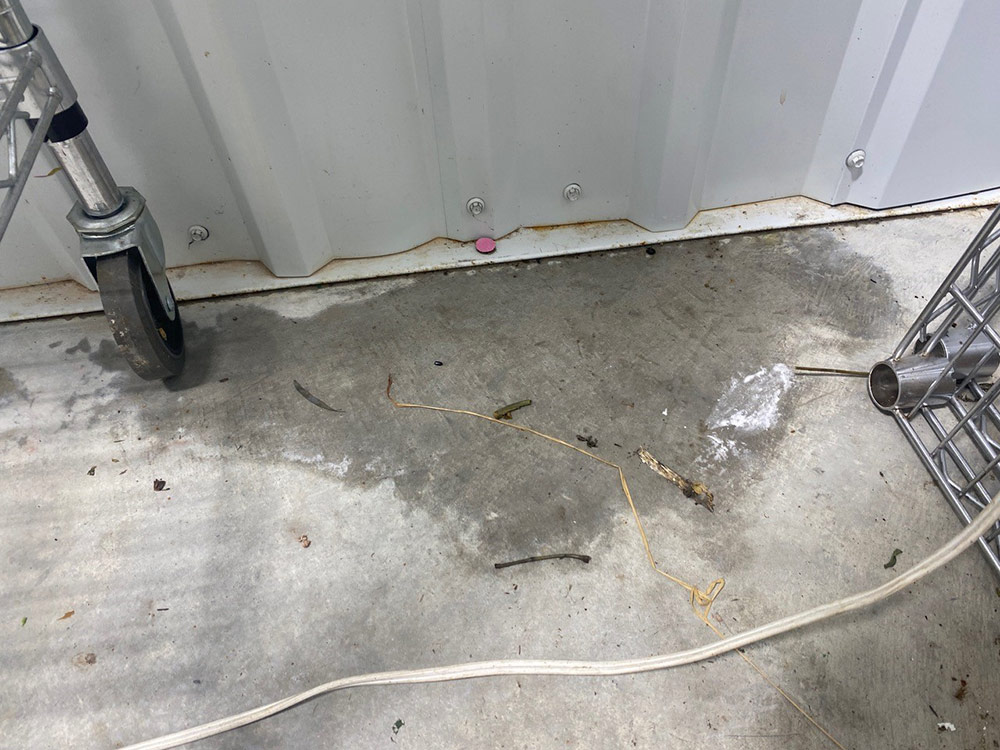 |
I think the walls are sheet metal, with metal framing and fiberglass batts, which are not conducive to mold growth (the client’s concern), but her air samples did come back elevated.
To rectify the source moisture issue, I thought about sealing around the outside perimeter of the exterior wall, but that seems like a bad idea since water would have nowhere to go but into the building. Am I thinking about this the wrong way? Do metal buildings require a drainage plane/weep area at the bottom of the wall, or can I simply caulk the exterior?
Thanks for the help!
Related Links:
- Choosing Standing-Seam Metal for Roof and Wall Cladding
- Video: What You Need to Know About Installing Steel Siding
Question 2: Are deep energy retrofits worth it?
A listener writes about deep energy retrofits: Hi Podcast team,
I’ve heard some controversy amongst the energy wonks recently on the subject of deep energy retrofits. Some say they have long paybacks and question if the embodied carbon makes them worth the effort and environmental impact. Others say that climate change from greenhouse gases means that we must do whatever possible to improve the performance of our housing stock as soon as we can. What do you all think?
Related Links:
Question 3: What are the considerations when siting a house?
A listener writes about siting a house:
I have never heard anyone on the podcast talk about siting a home. Most designers say to try for south-facing roofs for solar panels, but are there reasons to site in another direction? Are there other considerations? What if you have a great view another way?
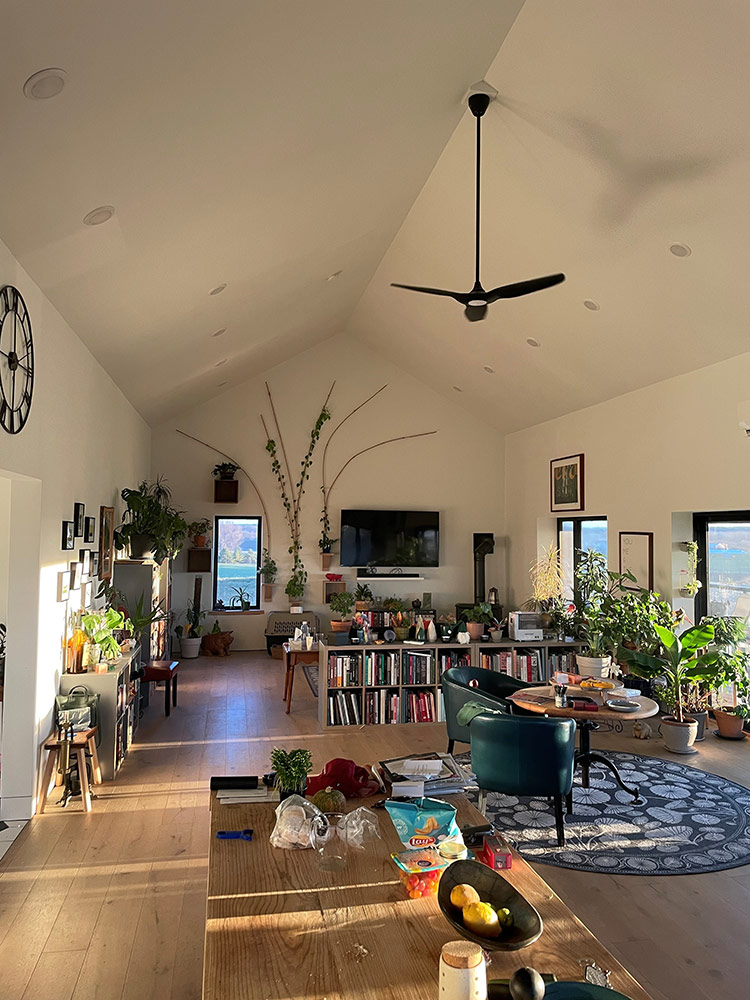 |
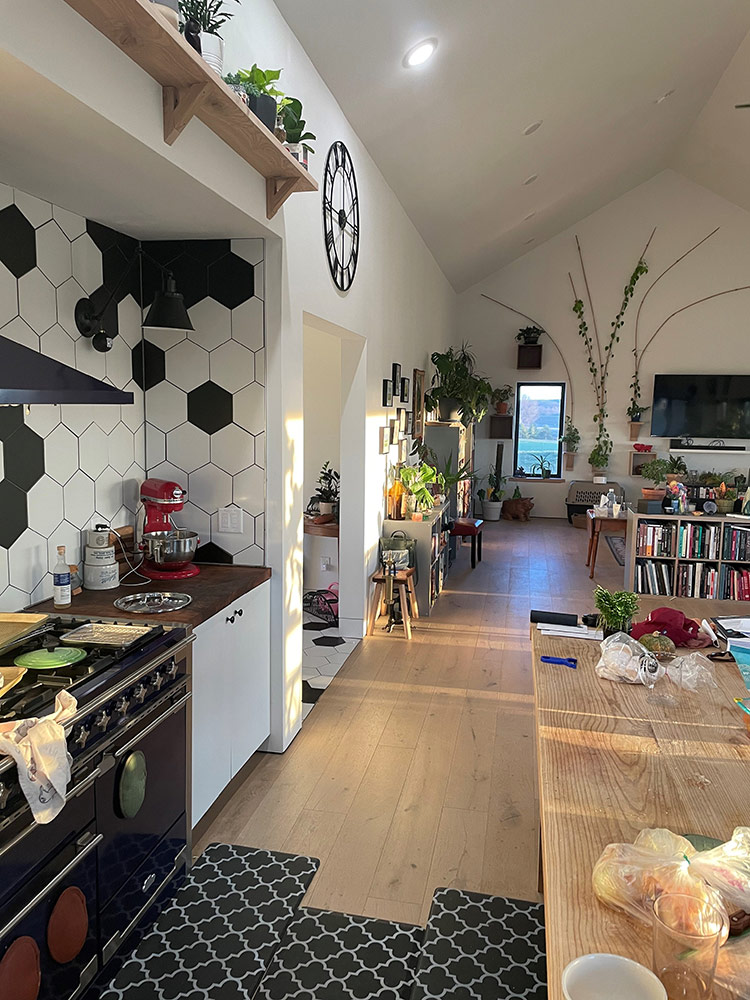 |
 |
Related Links:
- GBA.com: Siting with the Sun, Passive Heating and Daylighting
- 7 Ways to Tie Home to Land
- There’s No Such Thing as a Perfect Building Site
Podcast 609: Members-only Aftershow — Building Business With Timber HP President Matt O’Malia
The crew talks to Matt about his entrepreneurial nature and what it’s like starting a wood-fiber insulation company in the wilds of Maine.
This episode of The Fine Homebuilding Podcast is brought to you by Loctite’s Tite Foam

Say no to inefficient and drafty. Say yes to Loctite Tite Foam.
When pros need to seal gaps too small for insulation but big enough to create a draft, they reach for Loctite’s TITE FOAM.
The high-density foam forms a tenacious bond to most common building materials, stays flexible to prevent cracking, and keeps air, moisture, and pests out of the house.
Whether you’re adding R value to the rec room, or finishing a boring basement, give that space a second chance with Loctite Tite Foam.
Visit LoctiteProducts.com for more information.
Check out one of our latest Project Guides: Energy Retrofit!
Check out our FHB Houses:
Visit the Taunton Store • Magazine Index • Online Archive • Our First Issues • All Access

If you have any questions you would like us to dig into for a future show, shoot an email our way: [email protected].
If we use your question we’ll send you a FHB Podcast sticker!
FHB Podcast T-shirts!
Represent your favorite podcast! Available in several styles and colors. Made from 100% cotton. Find the Podcast t-shirt and more cool products in the Fine Homebuilding Store.
| Fine Homebuilding podcast listeners can now get 20% off anything in the Taunton store, including Pretty Good House.
Use the discount code FHBPODCAST to take advantage of this special offer. |
 |
“Finally, knowledgeable people talking about building reasonably-sized, high-performance houses for normal people with real budgets!” — DanD, VA, 8/19/22, Amazon.com review |
We hope you will take advantage of a great offer for our podcast listeners: A special 20% off the discounted rate to subscribe to the Fine Homebuilding print magazine. That link goes to finehomebuilding.com/podoffer.
The show is driven by our listeners, so please subscribe and rate us on iTunes or Google Play, and if you have any questions you would like us to dig into for a future show, shoot an email our way: [email protected]. Also, be sure to follow Fine Homebuilding on Instagram, and “like” us on Facebook. Note that you can watch the show above, or on YouTube at the Fine Homebuilding YouTube Channel.
The Fine Homebuilding Podcast embodies Fine Homebuilding magazine’s commitment to the preservation of craftsmanship and the advancement of home performance in residential construction. The show is an informal but vigorous conversation about the techniques and principles that allow listeners to master their design and building challenges.
Other related links
-
- All FHB podcast show notes: FineHomebuilding.com/podcast.
- #KeepCraftAlive T-shirts and hats support scholarships for building trades students. So order some gear at KeepCraftAlive.org.
- The direct link to the online store is here.

